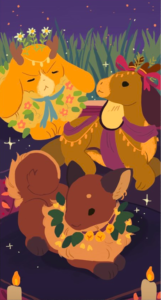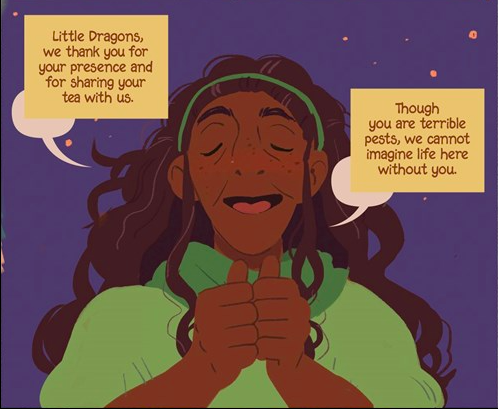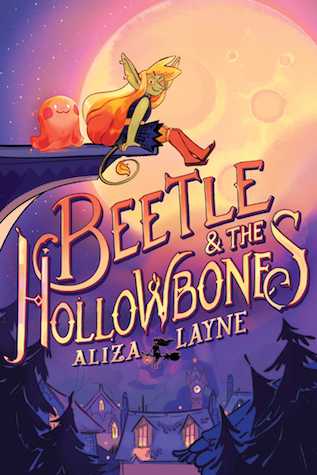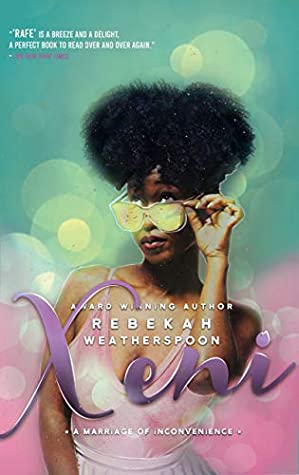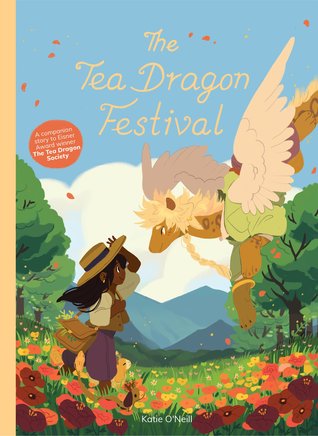
Summary [courtesy of Goodreads]: Rinn has grown up with the Tea Dragons that inhabit their village, but stumbling across a real dragon turns out to be a different matter entirely! Aedhan is a young dragon who was appointed to protect the village but fell asleep in the forest eighty years ago. With the aid of Rinn’s adventuring uncle Erik and his partner Hesekiel, they investigate the mystery of his enchanted sleep, but Rinn’s real challenge is to help Aedhan come to terms with feeling that he cannot get back the time he has lost.
This delightful sequel to The Tea Dragon Society is actually a prequel that gives us an extra-long peek into the world of the tea dragons when Erik and Hesekiel, who are old men in book one, were just starting out as an adventuring couple. It focuses on Erik’s nibling, Rinn, and an ancient village guardian Rinn wakes up and befriends (the full-sized dragon Aedhan). Like with TDS, this story focuses on the importance of traditional knowledge and finding out who you truly are–in this case, Rinn learns that gathering food is just as legitimate and important a livelihood as cooking can be.
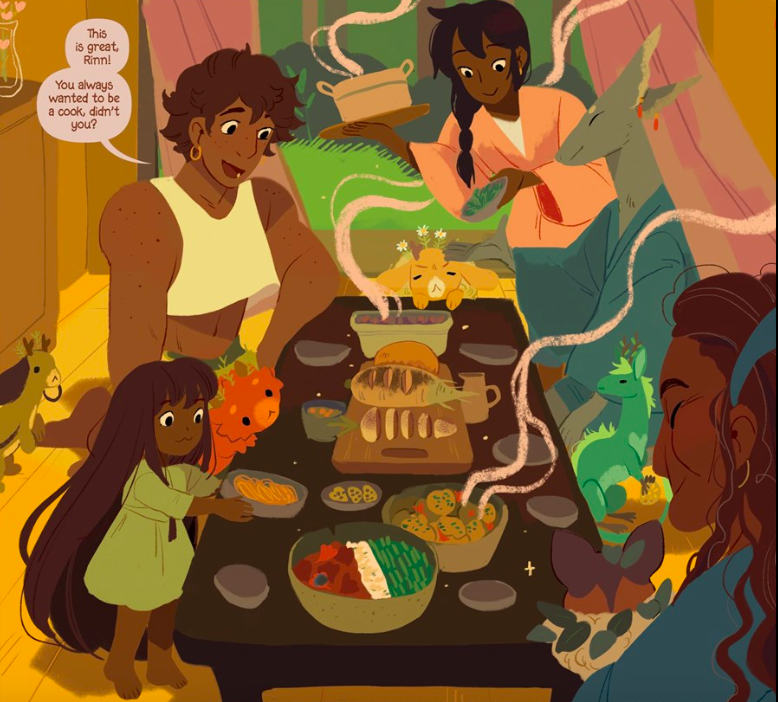
As Aedhan says to Rinn, “just because something comes easily to you, does not mean it has no value. You find it effortless because you love it, and that is why it is your gift.” What a lovely message.
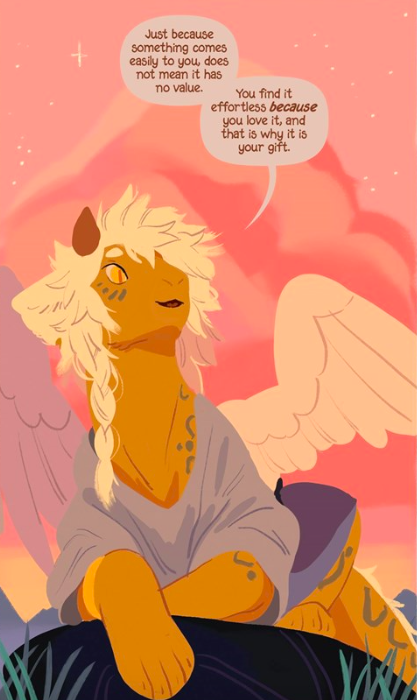
Like the first book, this one is also very much concerned with the importance of shared memories and the way that tea dragons can facilitate that experience for those who’ve missed out. In this case, Aedhan fell under an enchanted sleep for 80 years and missed the history of the village he was meant to protect, so Rinn encourages the villagers to share their stockpiled tea leaves and give him decades’ worth of memories. (The final feast and the montage of these memories are breathtakingly illustrated.)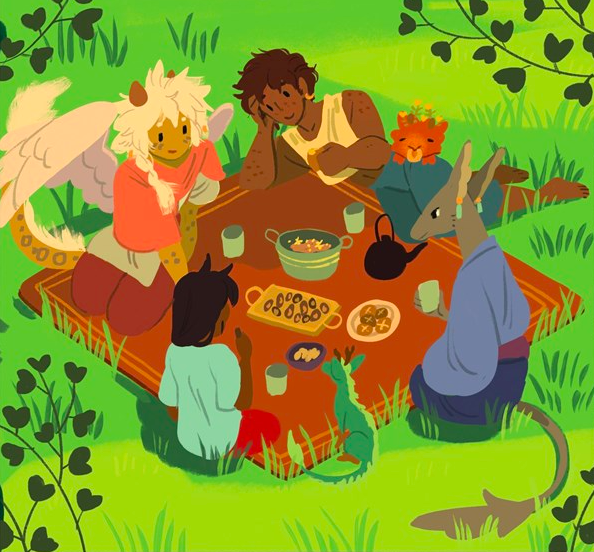
This book also ups the stakes, introducing a more kid-friendly Princess-Mononoke-like Forest Spirit who accidentally causes the enchanted sleep in their eagerness to share memories of the millenia-old forest. The problem is quickly resolved through a quick, impassioned request from Erik and Hesekiah, as is fitting for this low-conflict series, though we never get the forest spirit’s interiority. (Presumably it’s too vast for humans to fathom, so, fair.)
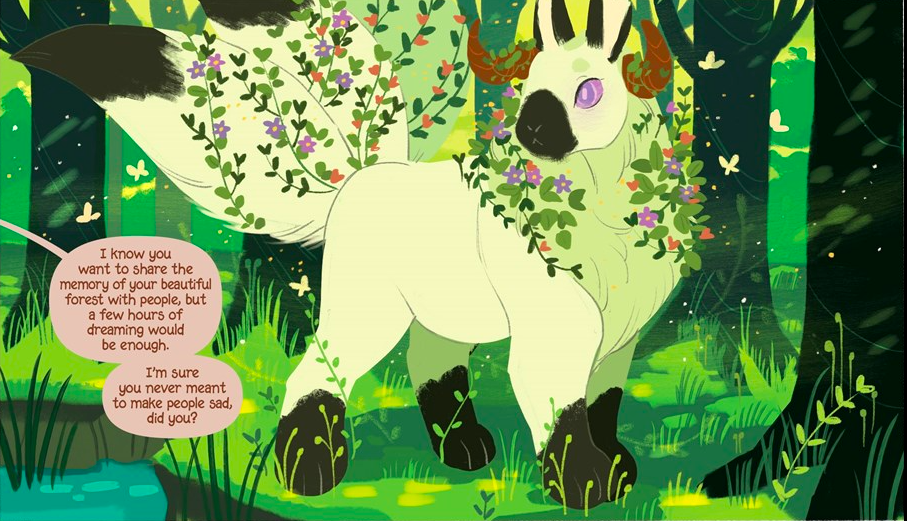
In terms of representation, this book continues to be excellent. The head cook of Rinn’s village, Lesa, is deaf and uses sign language to communicate. Rinn uses sign language with Lesa, unsurprisingly, but we learn later on that the ENTIRE village (except a few elders who are still trying) learned how to sign after Lesa was born. It’s fully normalized and integrated into everyone’s speech when Lesa is likely to be nearby, and it’s a wonderful commentary on community and the ethos of casual inclusion that O’Neill built into this world.
O’Neill clarifies in a brief intro how they’ve visually distinguished signed communication vs. spoken-and-signed speech, and they give more resources at the end about international Deaf resources.
Rinn is written without gendered pronouns (as far as I can tell, though I might have missed something), and in a conversation with Aedhan about how dragons transform into their human forms, Rinn asks if dragons can move back and forth between male and female as well. Answered in the affirmative, Rinn murmurs, “That sounds lovely.” I wouldn’t want to assign Rinn a gendered category, but the character is clearly gender-non-conforming, and while I do wish the book could have been more assertive about this element, I appreciated the way the characters respect Rinn’s tentative steps in re-evaluating gender. It’s in the background, with nothing didactic, and Rinn’s wistfulness doesn’t seem to have too much melancholy behind it. It would’ve been cool to see the character come out as proudly bigender or something, though. Maybe in a sequel 🙂
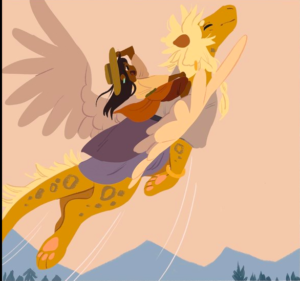
Also, of course, the tea dragons themselves are fabulous–we get introduced to a whole new cast of them, along with younger versions of Erik and Hesekiel’s companions Jasmine and Rooibos. Mountain Chamomile, a sulky ‘community’ tea dragon who lives with no one but is cared for by all, is a particular standout. And if none of this has convinced you to read this, here are some final panels of the tea dragons in their full regalia for the titular festival, where they’re revered and given all sorts of tasty snacks:
